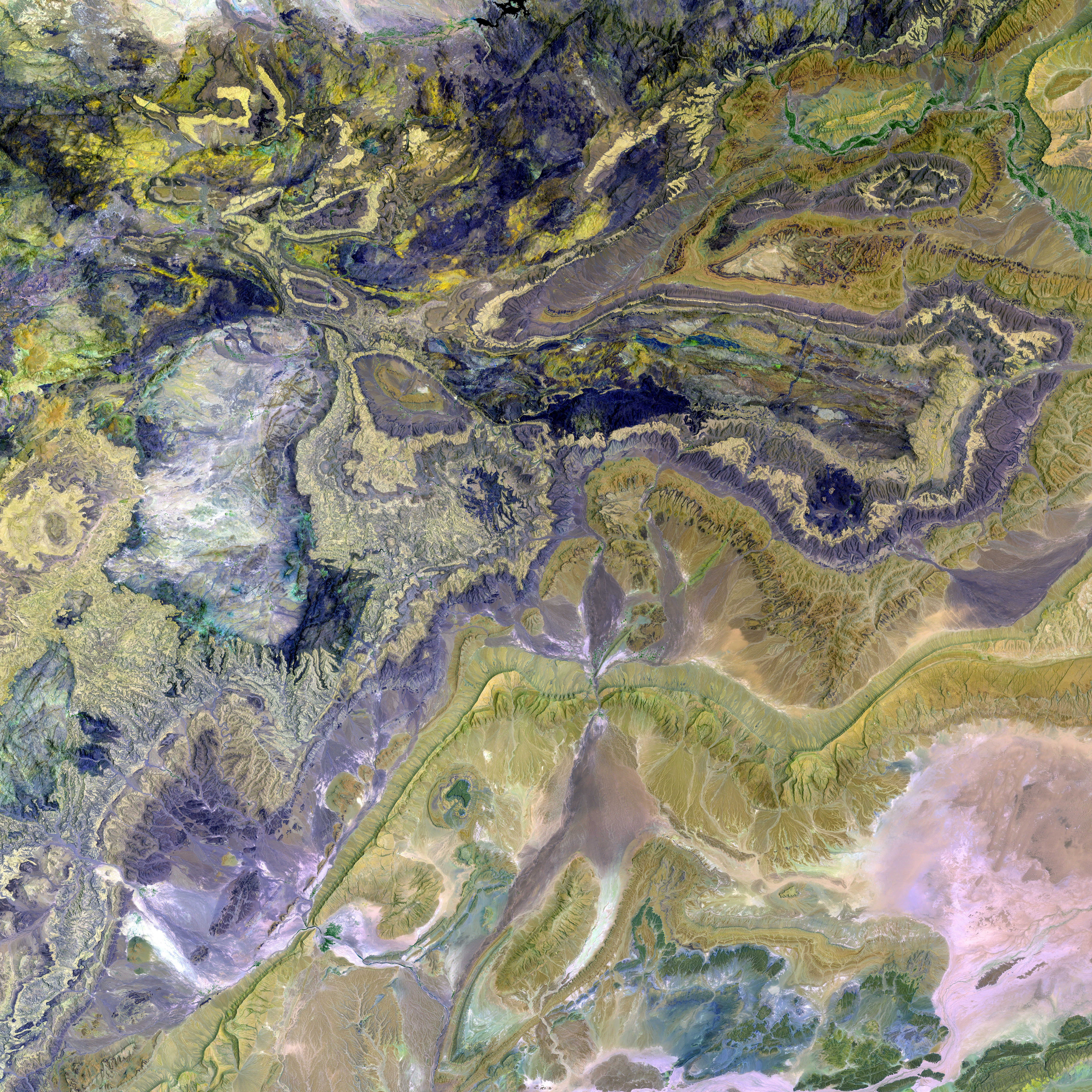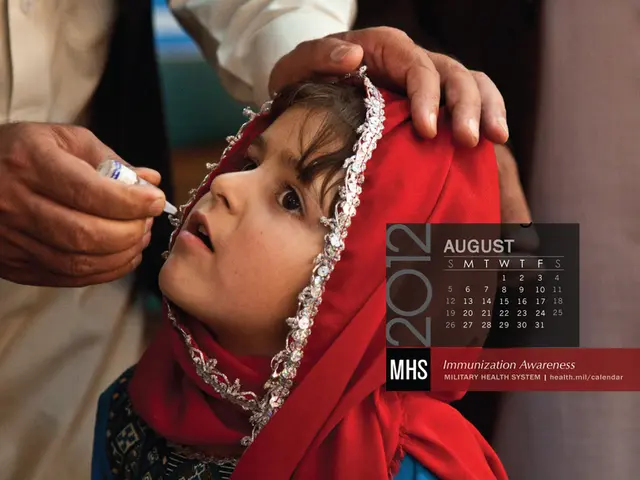Rapid, severe rosacea outbreak: Understanding triggers, signs, and remedies
Rosacea Fulminans: A Severe Skin Condition with a Mysterious Root
Rosacea Fulminans, a rare and severe form of rosacea, erupts suddenly, mainly affecting the central part of the face – the chin, cheeks, and nose. Distinguished from regular rosacea or acne by the rapid onset of intense symptoms, this condition typically targets women during childbearing years. However, unveiling the underlying cause remains elusive.
Rosacea Fulminans surfaces as flushed, swollen, and painful nodules and pimples that fuse together. While there's still much to explore regarding its origins, several potential culprits have emerged based on scientific reviews:
- Hormonal adventures: Hormonal shifts have been identified as a significant trigger, especially in women. Pregnancy, hormone therapies, and even reproductive treatments seem to play a role in its manifestation[1][2].
- Immunity's role: Studies suggest an abnormal immune response causing intense inflammation, involving heightened cathelicidin LL-37 and interleukin-8 levels[2].
- Vascular villainy: The condition may stem from vascular dysfunction leading to vasodilation, increased blood flow, and vascular permeability, resulting in tissue inflammation and growth factor activation[2].
- Stressful situations: Psychological stress, often triggered by severe life events such as bereavement or major health problems, is commonly linked to the onset of flare-ups[1][3][4].
- Medicinal match sticks: Certain medications, including pegylated interferon alfa-2b, ribavirin, and hormonal therapies, have started demonstrating a connection to rosacea fulminans[3].
Warning signs like large, painful nodules, abscesses, and significant facial discomfort should prompt you to consult a dermatologist or healthcare professional. If symptoms persist or worsen, or if you notice eye irritation or systemic symptoms like fever, don't hesitate to seek immediate attention.
Effective treatment may involve oral isotretinoin, corticosteroids, and sometimes stress management and dietary adjustments. Lifestyle modifications, such as mindfulness meditation, deep breathing exercises, exercise, and journaling, can help reduce stress levels. Making certain dietary changes, such as limiting alcohol consumption, and using gentler skin care products can also contribute to managing symptoms.
Combining these strategies with medical treatments like corticosteroids and isotretinoin can improve overall symptom management and enhance your quality of life. If you suspect rosacea fulminans, prompt action ensures quicker resolution and reduces the risk of complications such as scarring and infections. Consulting with a dermatologist or healthcare professional guarantees personalized care and comprehensive management strategies tailored to your specific needs.
- Rosacea Fulminans, a severe skin condition, often targets women during their childbearing years and is characterized by flushed, swollen, and painful nodules and pimples.
- Scientific reviews suggest that hormonal shifts, abnormal immune responses, vascular dysfunction, psychological stress, and certain medications may play roles in the manifestation of rosacea Fulminans.
- If you suspect rosacea Fulminans, it is important to consult a dermatologist or healthcare professional for effective treatment options, which may include oral isotretinoin, corticosteroids, stress management, dietary adjustments, and other dermatology-recommended lifestyle modifications.
- Seeking prompt medical attention for rosacea Fulminans can help ensure quicker resolution, reduce the risk of complications such as scarring and infections, and provide personalized care and comprehensive management strategies tailored to your specific needs in the realm of health and wellness, women's health, and skin conditions.








